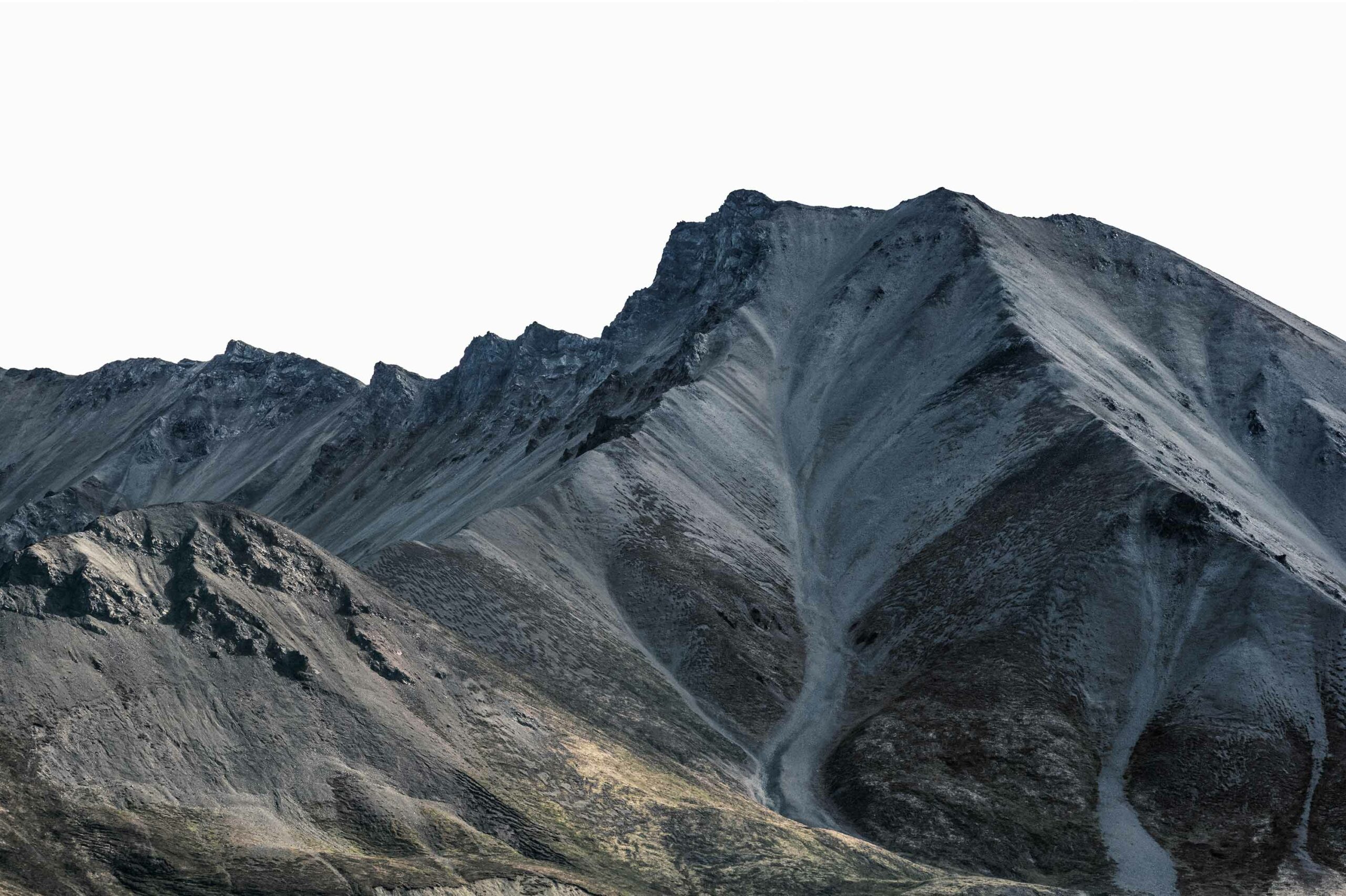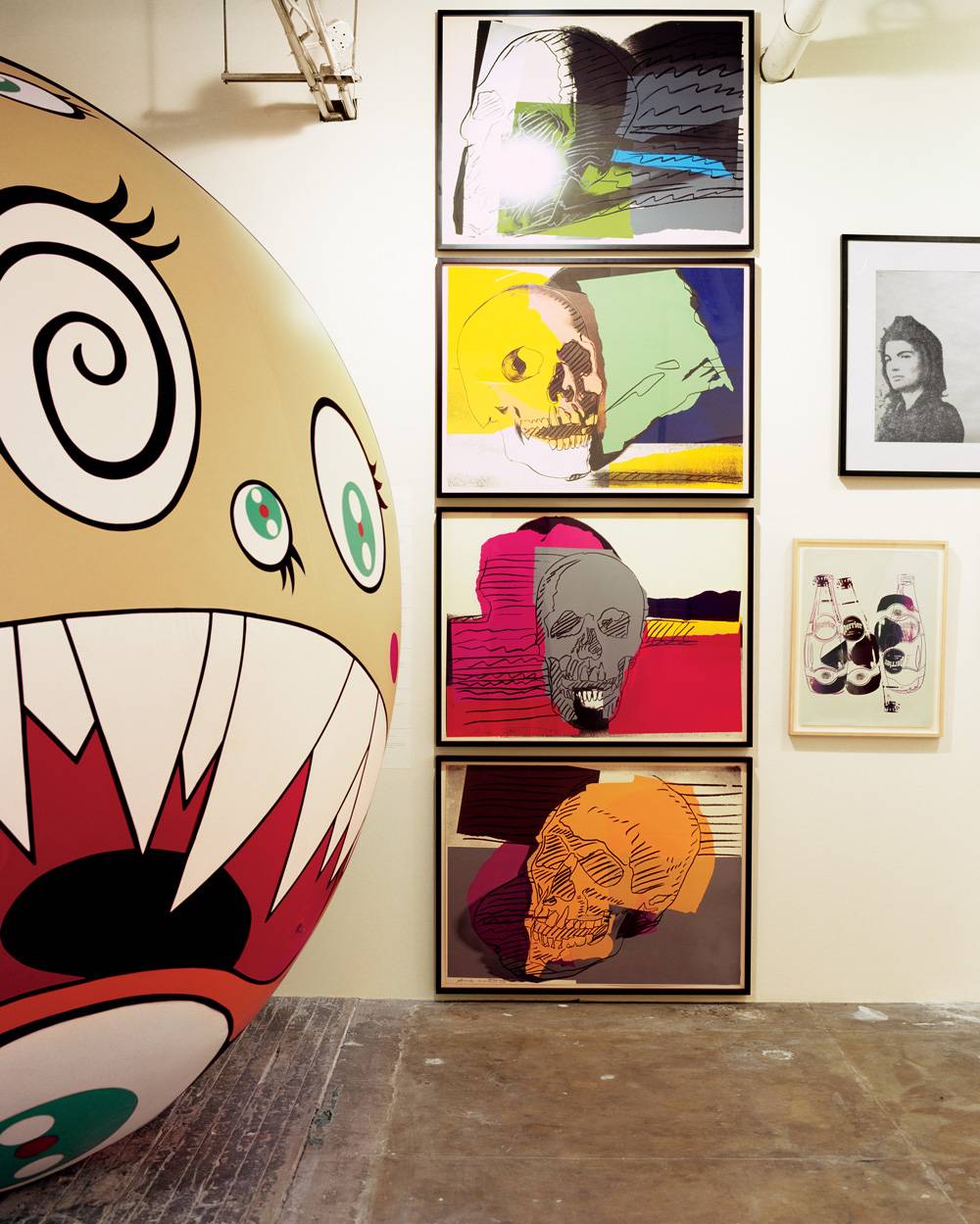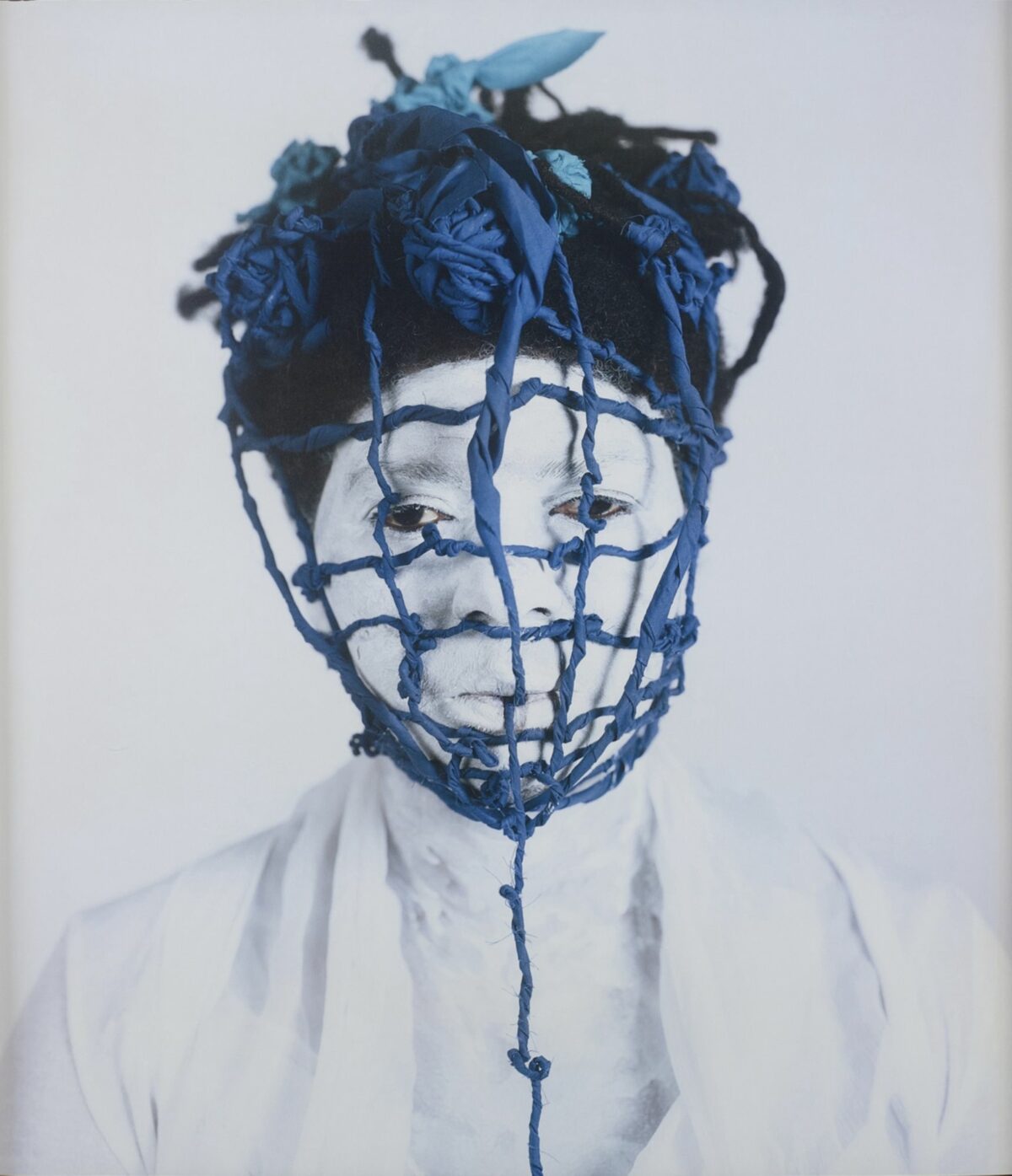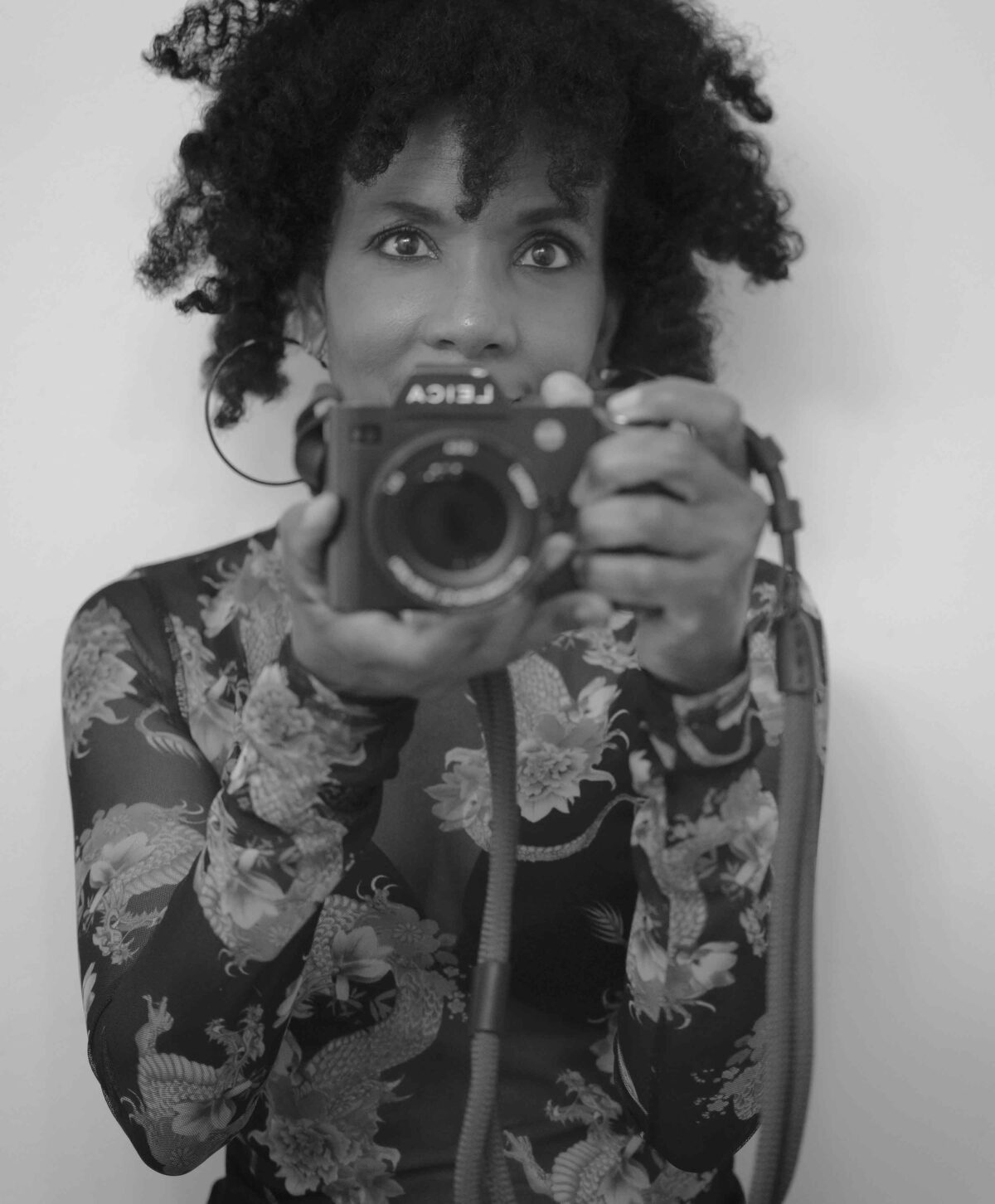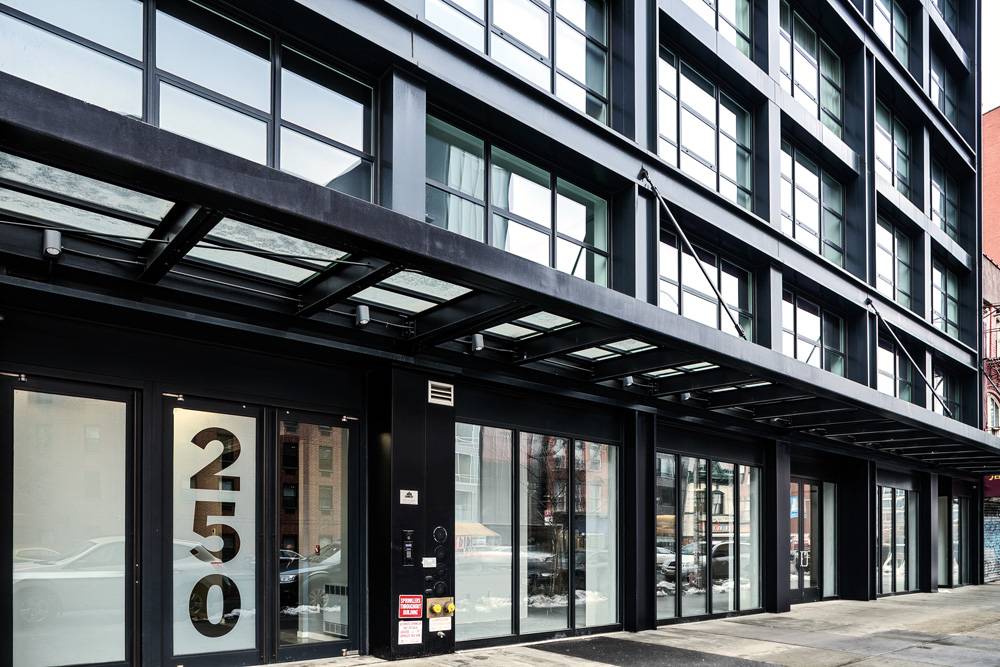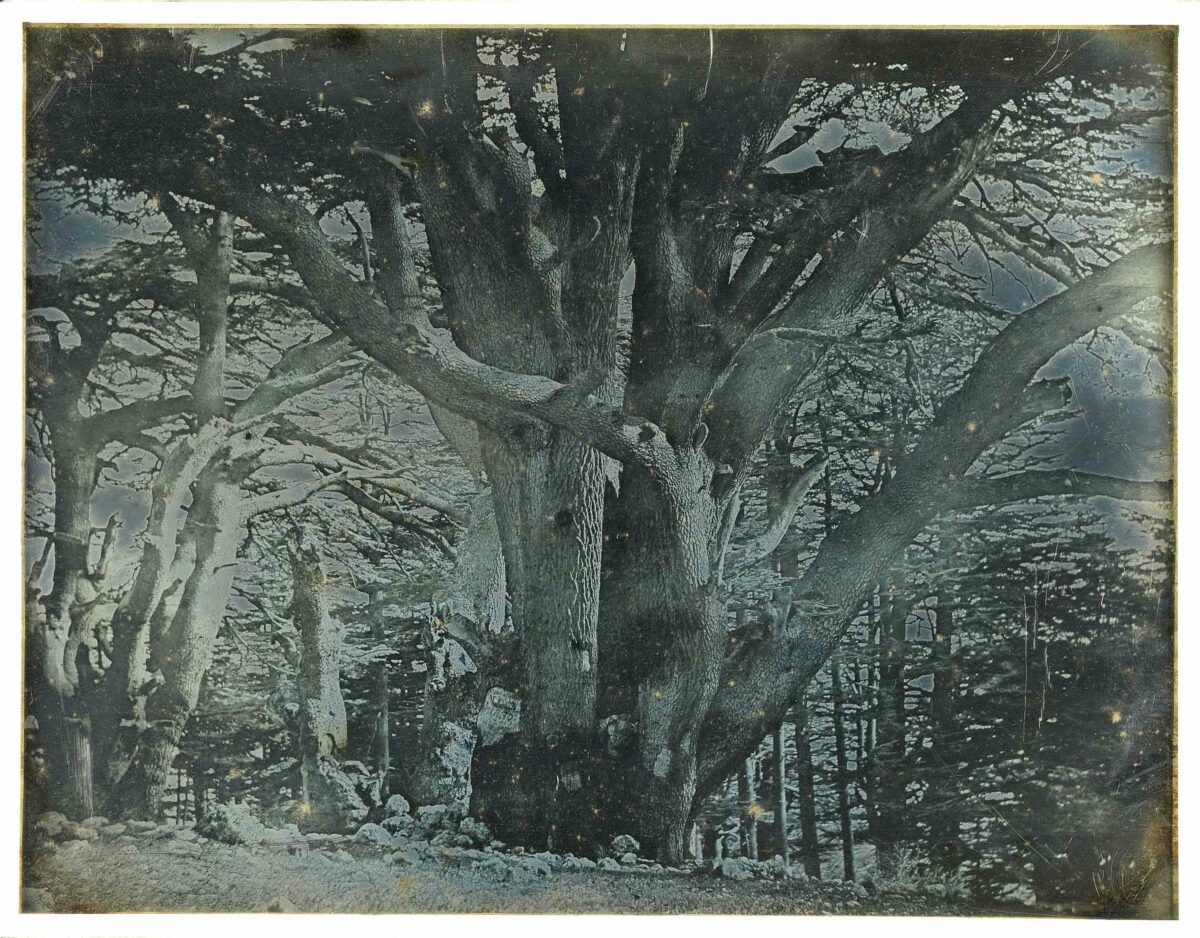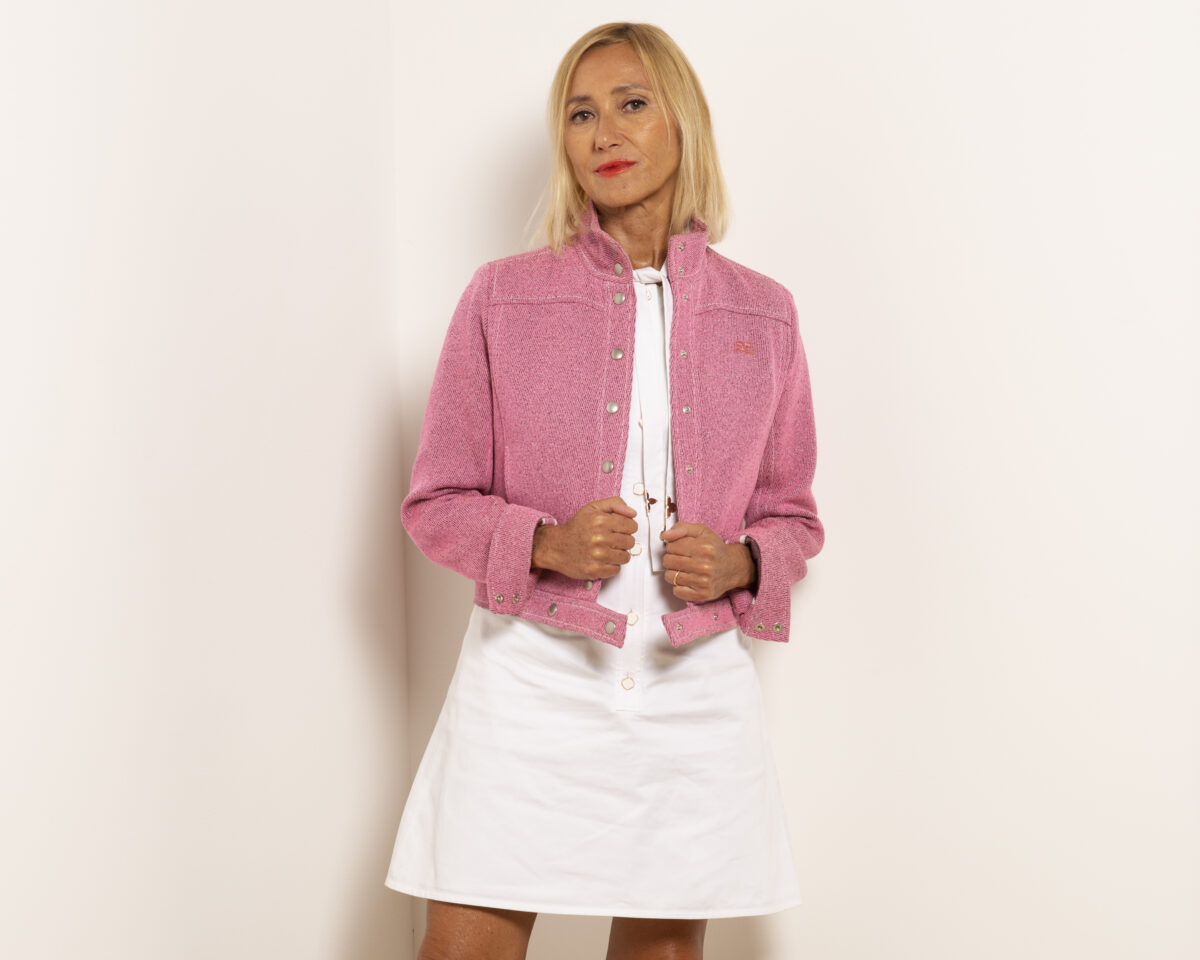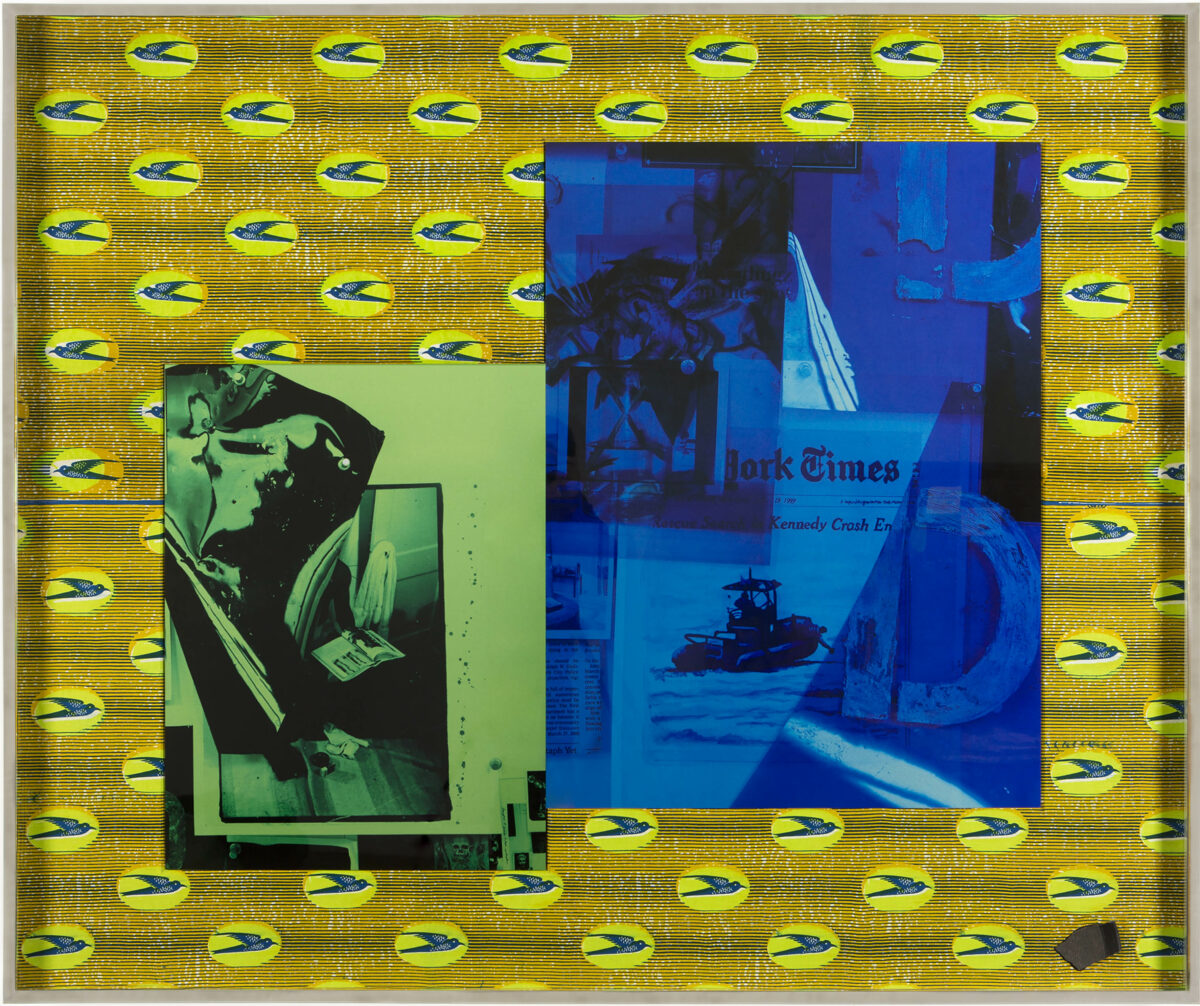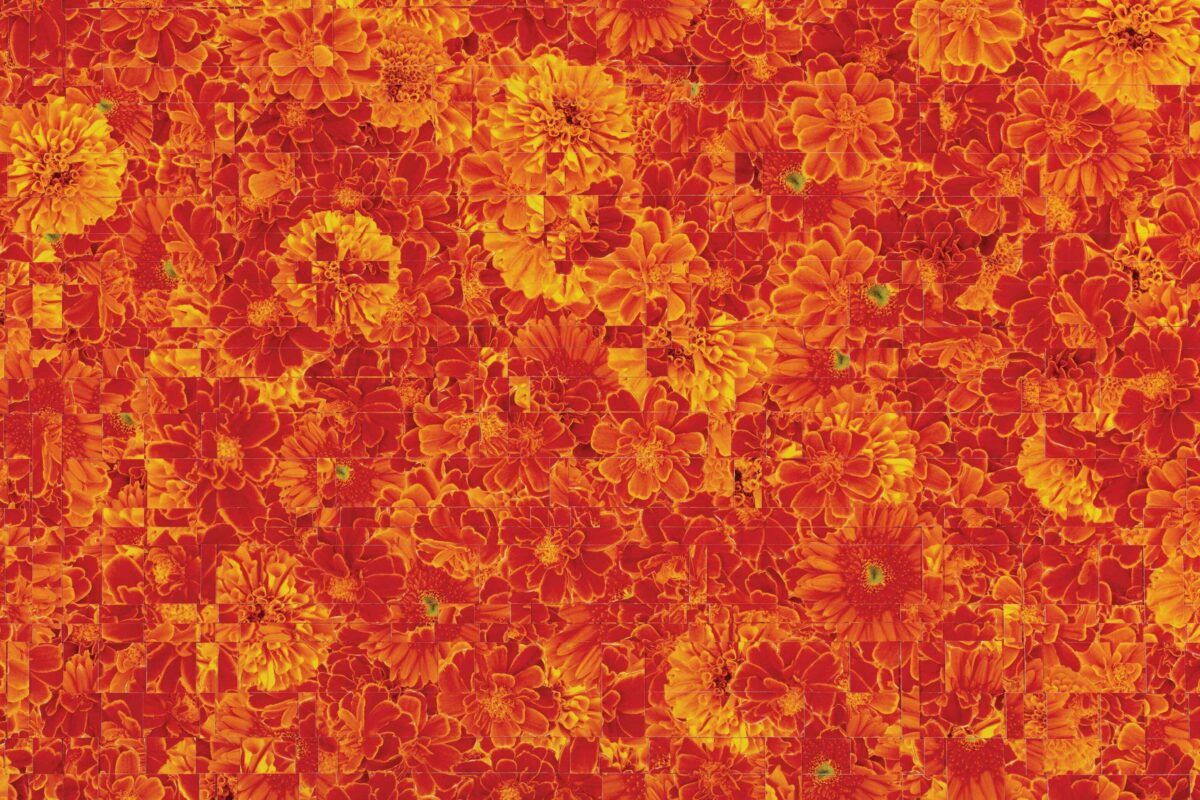Renate Aller did not set out to become a landscape photographer, but she is now among the leaders of those photographic artists who are rethinking the genre at a time of environmental and political upheaval. Her photographs are on view at the Brattleboro Museum & Art Center in Vermont through February 12, in an exhibition titled The Space Between Memory and Expectation, which is also the title of a new book from Kehrer Verlag.
Lyle Rexer: Tell me about your Brattleboro exhibition. In some sense, it grew out of an earlier exhibition of your work at the Parrish Art Museum in Southampton, N.Y., in 2019.
Renate Aller: My intention in both of these exhibitions was to isolate the landscape from its familiar surroundings in order to open up the conversation between the different senses of landscape – the political, the emotional, the actual physical landscape, which are all interconnected. The images are 61 by 92 inches, so they appear as picture windows. People may think such an image size is simply a spectacle but it’s really the opposite. Small images on a wall are elevated to be viewed as artworks. I wanted to take that layer away as much as possible in order to allow the viewer to enter the image and engage with the nature presented in these prints.


LR: Size matters.
RA: It does. At the Parrish, I wanted to create a room that people could enter and imagine they were feeling embraced by a continuous landscape. People always asked, “Where is this place?” and it often took time before they realized they were traveling between continents. The museum in Brattleboro is different in that it has a dominant architecture, with doorways, windows, and moldings. It is not a neutral white cube, and I realized I could incorporate the architecture instead of fighting it.
The last thing I wanted people to feel was: “Oh she just takes these beautiful landscapes and puts them randomly together.” In the book as well as in the exhibitions, it was a challenge to create a relationship between the space and the images. Even a difference of an inch or two in the spacing between the framed images on a wall can make a difference in one’s experience. I want the eye to make the connection between these disparate environments and experience them as one. The space between two images can read differently, depending on the scale of the room they are exhibited in. At the Parrish Museum we choose six inches and at the Brattleboro Museum it was very clearly eight inches of wall that was needed to separate the works for the eye to read them as one. The images can stay the same but their environment changes.


LR: This strikes a chord with me when I think about your earlier performance videos. Tell me how your interest in landscape photography evolved.
RA: My background is performance art, and before that I wanted to be an architect, to create spaces for people where the space actually improves their lives. In terms of how I actually came to it, for 20 years I have been photographing from the same place on Long Island, making oceanscapes, and trying to find my bearings. I grew up in Hamburg and early on I was exposed to Caspar David Friedrich’s famous image of the monk contemplating the sea [The Monk by the Sea (1808-10)]. But instead of placing a person into the land like his monk, I put the viewer in the position of that figure. The landscapes I am presenting ask the viewer to perform, to be present. They demand attention. People stay longer in front of these works.
I added glaciers and mountains over time to express how we are always trying to find our bearings. Standing in front of these images, people try to assess where they are, to negotiate their own position. Because I photograph only partial mountainscapes, viewers don’t understand the scale, just as they don’t know whether it’s the Himalayas or the Alps. The effect is to create an abstract image. From this abstract image you formulate a sense of your own reality and presence. The space seems to be listening to you. I think you feel touched by this non-quantifiable space, and perhaps in that way you begin to build a more intimate and thoughtful relationship with nature.


LR: Some of your photographs are composites. That’s obvious in some cases but not so obvious in others. What is the reason for that strategy?
RA: When I was editing the project and the book Ocean Desert, I placed the two subjects side by side on my tables in the studio. As a next step, I printed and hand bound a mammoth-sized book as an edition of three, to see how the juxtaposition worked. With Mountain Interval, I was pursuing a similar idea. I put mountains side by side, from completely different continents. I was trying to create the immersive landscape room experience in book form. I started by printing them on transparencies and layering them unaltered, as two complete images on top of each other, and I saw which ones dominated. There were the Alps cradling the Himalayas. I wanted both landscapes to “support” each other, and I wanted to show their interconnectedness, but some people said at first, “Are you trying to trick us?” They were seeing images – and locations – in a new relationship with each other.


LR: Many people look at landscape photographs as a kind of tour, and they want to know that it looks like that if they go there. They get uncomfortable if they feel the integrity of the image has been violated: one place, one time.
RA: The word Landschaft in German already implies a construction, not a transparently real place. So does the word “landscape” in English.
LR: In the case of your work, then, many places can be represented in a single image – as one place, an abstract idea. Does this have political implications?
RA: Environments are connected, by climate but also more and more by migrations of people and the interconnectedness of the economies of countries. Yet people also still feel that whatever happens elsewhere is other, that it has nothing to do with them. I am part of a group called Project Pressure, which combines art, documentary photography, and science to foster climate awareness through traveling exhibitions, among other things. The point is that all the landscapes have effects on each other, continuously.
Lyle Rexer’s most recent book is The Critical Eye: 15 Pictures to Understand Photography (Intellect Press). He teaches in the BFA, MFA, and MPS programs in photography at the School of Visual Arts.

